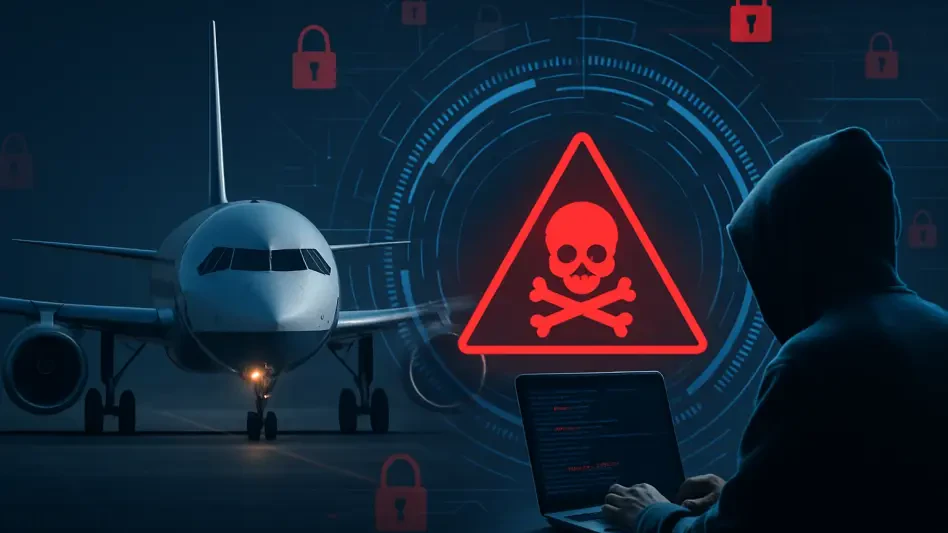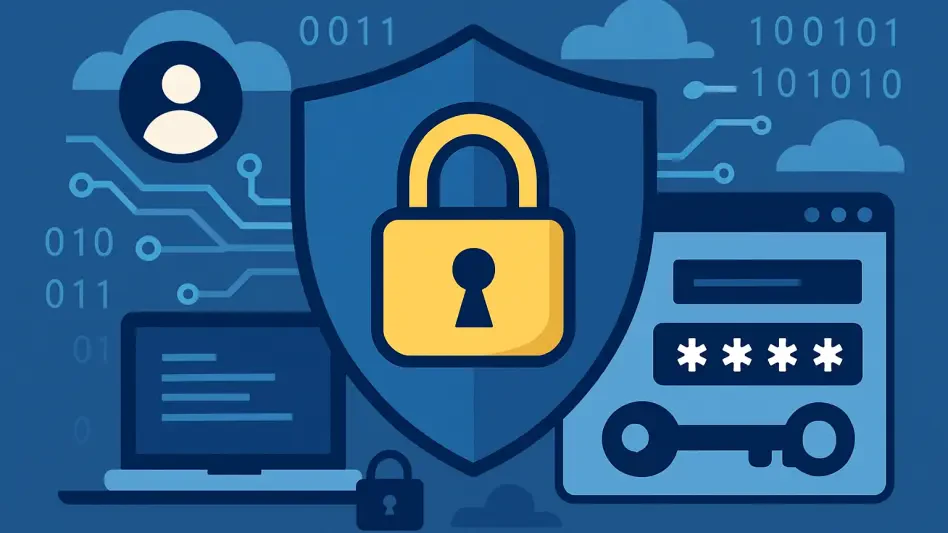In an era where aviation is synonymous with cutting-edge technology, imagine a scenario where a single data breach could jeopardize not just personal information but also the trust of millions of passengers worldwide, threatening the very foundation of global connectivity. The aviation industry, a cornerstone of this connectivity, relies heavily on digital systems for everything from booking tickets to navigating aircraft. Yet, with this reliance comes a shadowy threat—cyberattacks that target sensitive data and critical infrastructure. This review delves into the state of cybersecurity in aviation, spotlighting a recent incident involving KLM Royal Dutch Airlines as a lens to evaluate the technology and strategies protecting this vital sector.
Understanding the Technology Behind Aviation Cybersecurity
Core Systems and Digital Vulnerabilities
Aviation cybersecurity encompasses a complex web of technologies designed to protect digital assets, ranging from customer databases to flight control systems. At its heart, the technology includes firewalls, intrusion detection systems, and encryption protocols that shield the vast amounts of data processed daily by airlines. However, the integration of third-party platforms for customer service and operational efficiency often introduces vulnerabilities, as these external systems may not align with an airline’s internal security standards. The recent KLM data breach, originating from such a third-party platform, exposed personal details like names and contact information, underscoring how even peripheral systems can become entry points for cybercriminals.
Scope of Protection and Limitations
The primary strength of aviation cybersecurity lies in its layered approach, safeguarding critical infrastructure such as aircraft navigation and operational controls with robust, often isolated systems. Despite this, personal data handled through less fortified channels remains a soft target, as seen in the KLM incident where Flying Blue membership details were compromised. While core systems remained untouched, the breach highlights a key limitation: the technology cannot fully account for human error or the ingenuity of phishing and social engineering tactics that exploit seemingly minor leaks. This gap reveals a pressing need for adaptive solutions that evolve with emerging threats.
Performance Analysis of Cybersecurity Measures
Incident Response and Containment
Evaluating the performance of cybersecurity technology in real-world scenarios offers critical insights into its efficacy. In the KLM data breach, the airline’s swift collaboration with the affected third-party platform to contain the issue demonstrated a reactive strength of current systems. By isolating the breach and implementing corrective measures, the impact was limited to non-critical data, preventing escalation to operational systems. Additionally, KLM’s adherence to EU privacy laws by reporting to the Dutch Data Protection Authority showcased how compliance frameworks integrate with technology to ensure transparency and accountability.
Customer Impact and Trust Dynamics
Beyond technical performance, the ripple effects on customer trust are a crucial metric for assessing cybersecurity. The exposure of personal information in the KLM case, while not involving passwords or financial data, still posed risks of fraud through targeted phishing attempts. This incident tested the airline’s communication systems, which performed well in issuing public warnings to remain vigilant against suspicious contacts. However, the lingering concern among passengers about data security indicates that technology alone cannot rebuild confidence—proactive education and visible security enhancements are equally vital.
Expert Insights on Security Gaps
Expert analysis further illuminates the performance of aviation cybersecurity technology. Bryan Cunningham, President at Liberty Defense and a former White House lawyer, points out that while the KLM breach did not affect critical infrastructure, even minor data exposures can serve as reconnaissance for more devastating attacks. His recommendation for multi-factor authentication (MFA) highlights a performance gap in current systems, as not all airlines have universally adopted this additional layer of security. This expert perspective emphasizes that the technology’s effectiveness hinges on continuous updates and industry-wide adoption of best practices.
Future Prospects and Technological Advancements
Emerging Tools and Strategies
Looking ahead, the aviation sector stands to benefit from advancements in cybersecurity technology that address existing weaknesses. Innovations such as artificial intelligence-driven threat detection can anticipate and neutralize attacks before they materialize, offering a proactive edge over traditional reactive measures. The integration of MFA, as advocated by experts like Cunningham, could become standard across customer-facing platforms, significantly reducing the risk of unauthorized access even if data is exposed. These tools, if scaled effectively, promise to fortify the digital defenses of airlines against increasingly sophisticated cyber threats.
Industry Collaboration and Policy Evolution
Another dimension of performance lies in systemic collaboration and policy development, which can amplify the impact of technology. The aviation industry must prioritize shared frameworks for securing third-party integrations, a recurring weak link as evidenced by the KLM incident. Over the next few years, from 2025 onward, expect to see stronger regulatory mandates pushing for unified security standards and joint initiatives to combat cybercrime. Such collective efforts could redefine how cybersecurity technology performs under pressure, turning isolated airline defenses into a fortified network.
Final Verdict on Aviation Cybersecurity
Reflecting on the evaluation, the technology underpinning aviation cybersecurity showed both resilience and vulnerability in the face of the KLM data breach. The swift containment and transparent reporting by KLM mitigated immediate harm, while the unaffected core systems proved the strength of critical infrastructure protection. However, the incident exposed persistent risks in personal data handling and third-party dependencies, areas where performance lagged. As a next step, airlines must invest in advanced tools like AI threat detection and enforce MFA universally, while fostering industry collaboration to address systemic gaps. Ultimately, strengthening customer education on recognizing fraudulent communications emerged as a critical action to complement technological defenses, ensuring a safer digital journey for all stakeholders in aviation.








